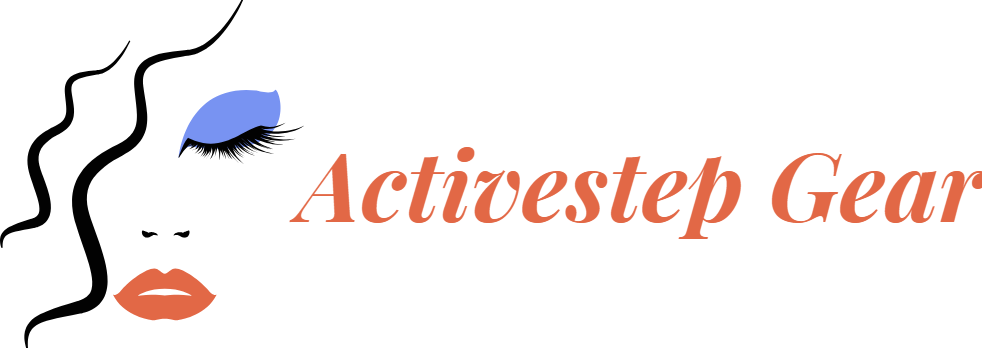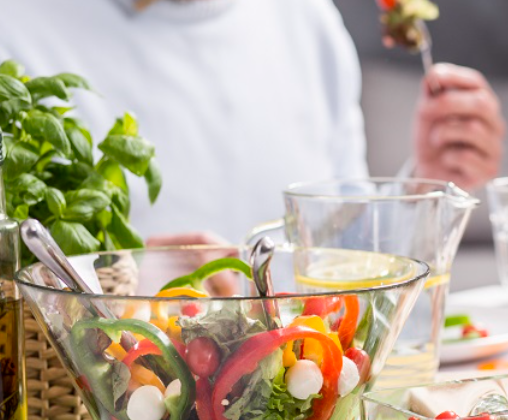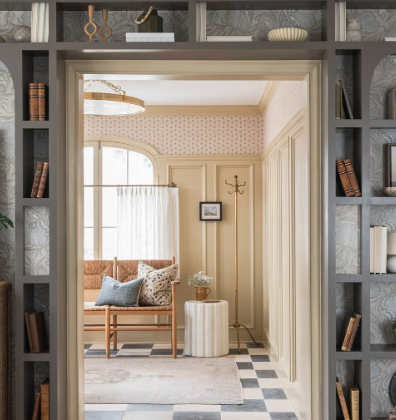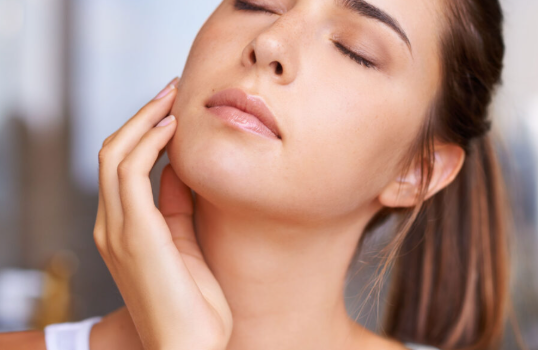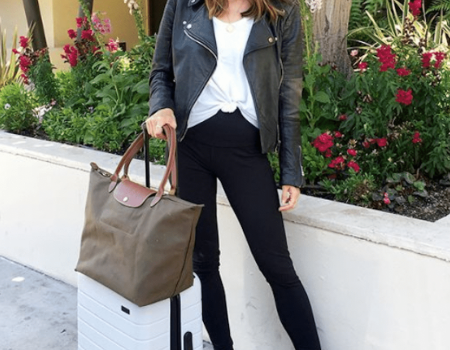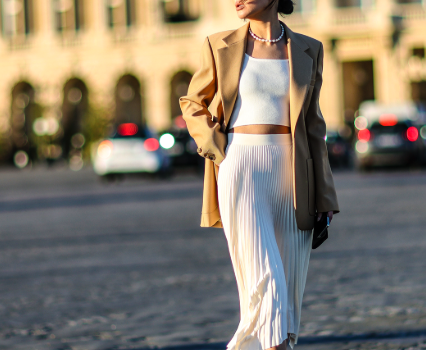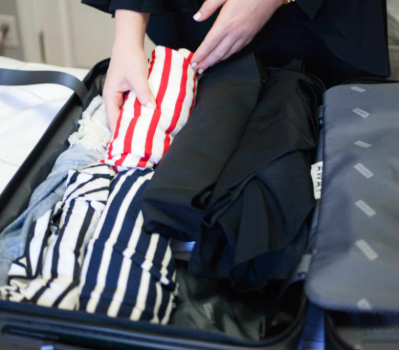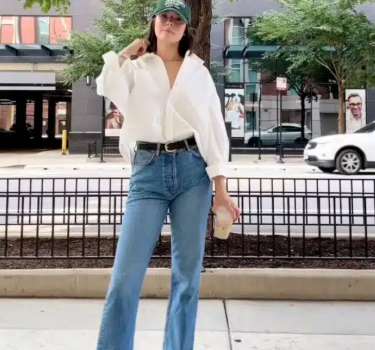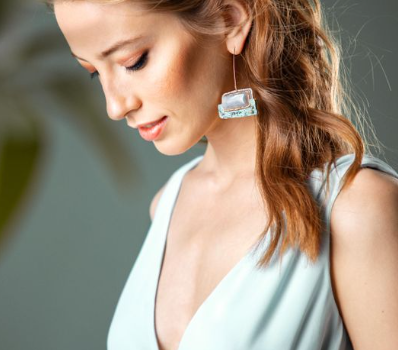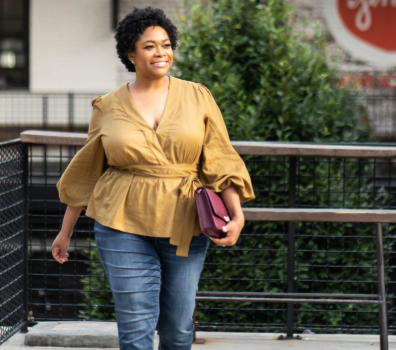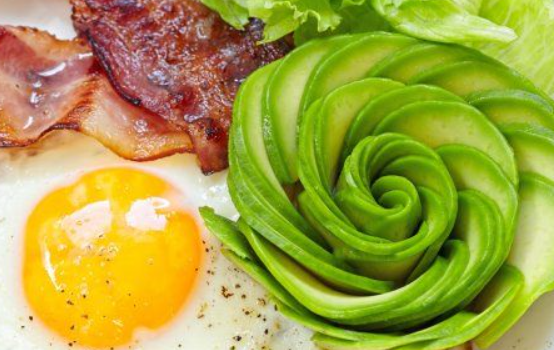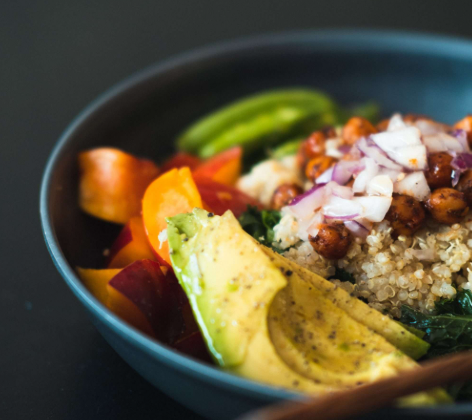
Breaking into the modeling scene in New York City can feel challenging, especially when you’re surrounded by millions of stunning people. But, with the right beauty tips, you can make sure you stand out from the crowd. NYC is home to the latest fashion trends, so why not use that to your advantage? Here are three beauty trends that will help you get noticed and shine in the city.
1. Hair Extensions
Hair extensions are a game-changer when it comes to creating the perfect hairstyle without the hassle. Instead of spending hours trying to tease your natural hair for volume, extensions can give you that extra body and length instantly. They’re a great way to enhance your look, and you can easily find natural-looking extensions that match your hair texture perfectly. Whether you’re in the Bronx or anywhere else, these extensions can transform your look and add volume with minimal effort.
2. Eyelash Extensions
Running around the city, attending casting calls, and braving the New York heat can make your mascara smudge or run in a matter of hours. Skip the worry by opting for eyelash extensions. These are designed to last for weeks, so you won’t need to worry about reapplying mascara or dealing with smudges. With eyelash extensions, you’ll feel more confident and glamorous, ready to tackle any modeling gig that comes your way.
3. Focus on Nutrition
What you eat plays a significant role in how you look and feel. To get glowing skin, focus on a balanced diet rich in vitamins and omega-3 fatty acids, which promote healthy skin. Avoid foods that trigger breakouts—this varies from person to person, but if certain foods like chocolate affect your skin, consider cutting back before any big events. Staying hydrated and cutting out alcohol and tobacco can also do wonders for your complexion, giving you that radiant, fresh-faced glow.
Conclusion
These beauty tips can give you the boost you need to stand out in New York City’s competitive fashion world. From hair extensions to eyelash enhancements and nutrition that supports your natural beauty, these trends will have you feeling confident and ready to take on anything. Keep these tips in mind and enjoy the attention that comes with your unique look!
